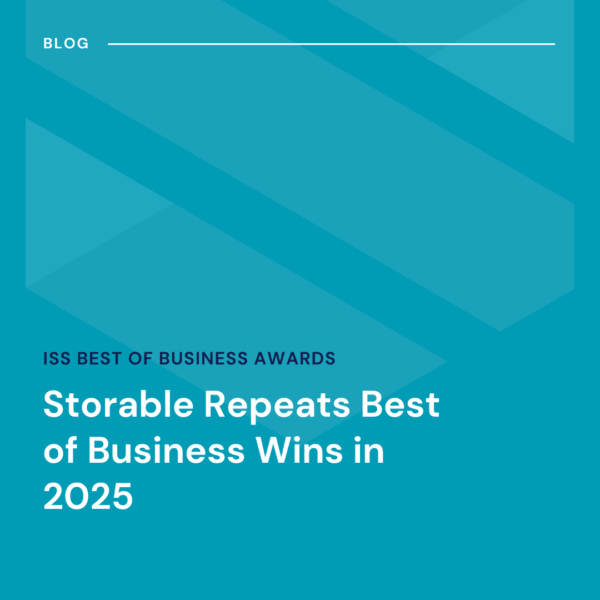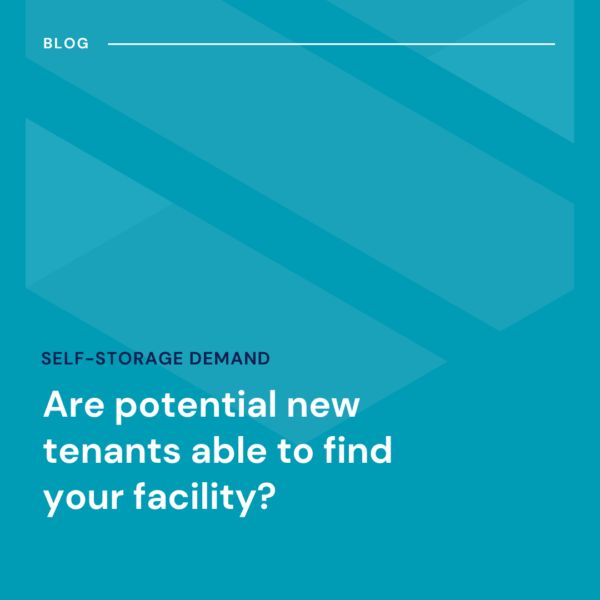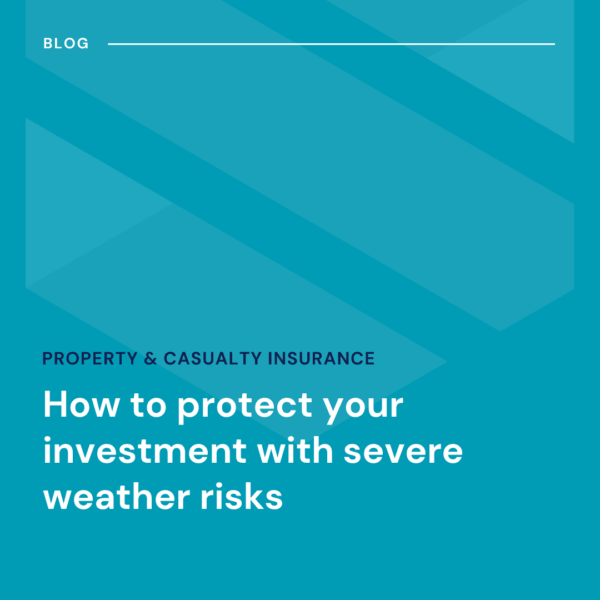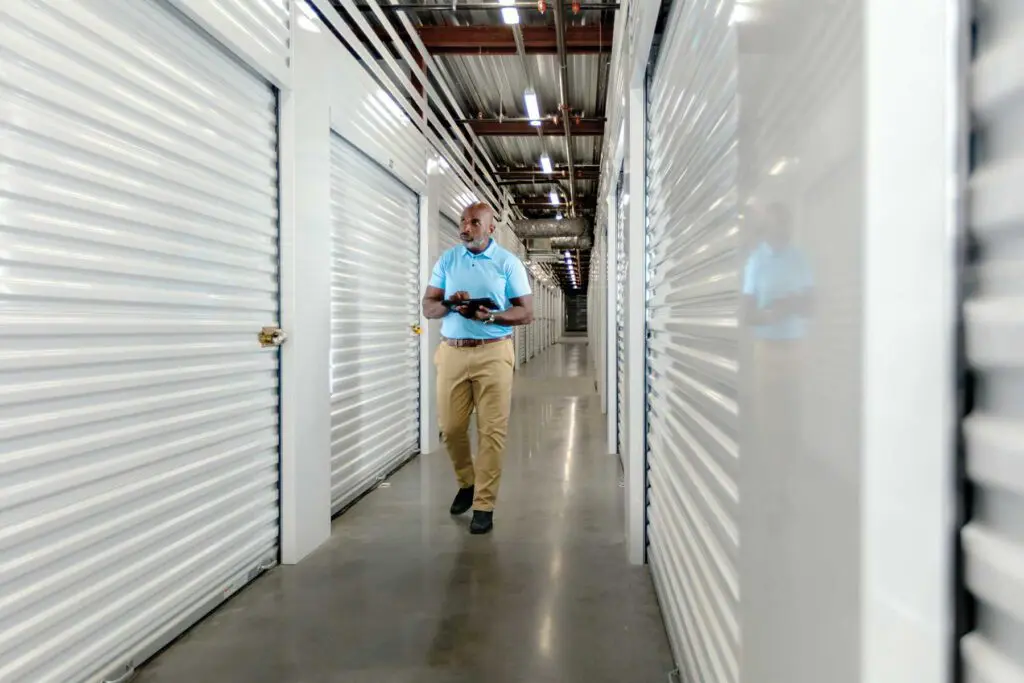What comes down, must go up.
Earlier this month, the Federal Reserve raised the benchmark interest rate by half a percentage point, the largest increase since the year 2000, as it seeks to tamp down rising inflation.
Federal Reserve Chairman Jerome Powell said that “additional 50-basis-point increases should be on the table” over the next couple of Fed meetings.
What implications does a higher rate environment have for the self-storage industry?
To find out, the Storage Beat reached out to Tom Sherlock, co-founder of Talonvest Capital. Irvine, CA-based Talonvest is a capital advisory firm with expertise serving self-storage clients. Sherlock cofounded Talonvest in 2010 and has well over $10 billion worth of commercial real estate financings under his belt. He is also an adjunct professor at UC-Irvine, where he teaches the capstone real estate class for MBA students.
A transcript of the interview is below:
Many operators may have variable rate loans, and they knew the day might come when interest rates rise. What should any operators with those type of loans be doing now to prepare?
 Tom Sherlock: Borrowers who hedged the interest rate risk inherent in their floating rate loans during the past several years are probably very happy to have paid for that insurance policy!
Tom Sherlock: Borrowers who hedged the interest rate risk inherent in their floating rate loans during the past several years are probably very happy to have paid for that insurance policy!
For borrowers without interest rate protection, there are several options. The first, assuming they believe rates will continue to rise and their property can qualify for a perm loan today, would be a refinance to a longer-term fixed rate instrument as soon as possible utilizing a balance sheet lender that will lock rate at application.
If their property doesn’t meet traditional debt yield or DSCR metrics, there are a few lenders offering pre-stabilization perm loans for a slight interest rate premium and that could be a valuable option for borrowers. If a fixed rate refinance isn’t feasible today, then borrowers can look to other options like entering into a swap arrangement, if possible, or buying a cap that offers protection from runaway rate increases.
The odds of a recession appear to be increasing. Has there been any changes in underwriting standards? Are lenders taking a more conservative view of the industry’s prospects?
Self storage, industrial, and multi-family are the most desired property types for many capital providers. Pricing has increased, largely because of the Treasury market and Fed actions that have driven up the indices, and that can impact loan sizing. However, we haven’t seen lenders materially change their underwriting or risk parameters recently. They remain hungry for quality construction, value-add bridge, and perm loans secured by storage assets.
https://www.storable.com/resources/learn/do-more-webinar-series-session-8-market-corrections-deep-dive/
There has also been news commercial delinquencies are ticking up. Are you seeing any distressed storage properties or stalled construction projects?
Institutional capital raised several years ago in anticipation of distressed opportunities is still waiting on the sidelines as it relates to distress in the storage sector. With significant increases in rental rates and continued strong operating performance being the norm for self storage, we don’t anticipate noticeable problems in the sector during 2022 or 2023.
And how is business been for your shop? I imagine many operators are looking to refinance properties now rather than in a year or two from now. Does that seem to be the case?
Deal flow at Talonvest continues to be strong and we expect 2022 to be another record production year. The rapid rise in interest rates caused some borrowers to accelerate their refinance plans and we directed those perm lending opportunities toward life companies, banks, and credit unions offering early rate locks to protect our clients.
Now that the initial wave of reacting to rising rates and the associated activity has subsided, portfolio recaps, construction loans, and value-add acquisition opportunities from well capitalized borrowers are returning to the forefront of our business activities.
How long until the price of self-storage property starts to moderate or we see changes in cap rate? As interest rates go up that could have the effect of bringing prices down. What’s your take?
We discussed this very topic at the NYSSA Investment Forum in early May where I moderated a panel discussion with institutional equity investors from Blackstone, Blue Vista, and Harrison Street. The consensus from the panel was cap rates will inevitably have to adjust upward due to the significant increase in interest rates, especially now that leverage is at or approaching negative territory rather than being accretive to the capital stack.
The huge supply of capital still trying to get deployed in the sector may serve as a counter-weight though and minimize, or at least delay, the potential increases in storage cap rates.






